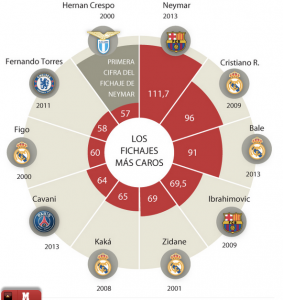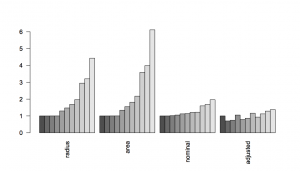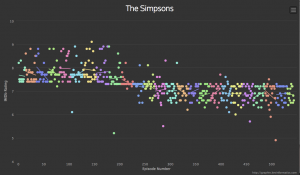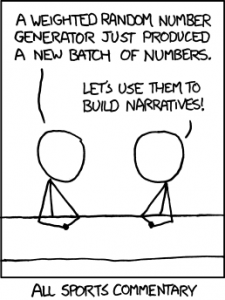Are web-based student drinking interventions worthwhile?
Heavy drinking and the societal harm it causes is a big issue and attracts a lot of media and scholarly attention (and Statschat’s, too). So we were interested to see today’s new release from the Journal of the American Medical Association. It describes a double-blind, parallel-group, individually-randomised trial that studied moderate to heavy student drinkers from seven of our eight universities to see if a web-based alcohol screening and intervention programme reduced their unhealthy drinking behaviour.
And the short answer? Not really. But if they identified as Māori, the answer was … yes, with a caveat. More on that in a moment.
Statistician Nicholas Horton and colleagues used an online questionnaire to identify students at Otago, Auckland, Canterbury, Victoria, Lincoln, Massey, and Waikato who had unhealthy drinking habits. Half the students were assigned at random to receive personalised feedback and the other students had no input. Five months later, researchers followed up with the students on certain aspects of their drinking.
The overall result? “The intervention group tended to have less drinking and fewer problems then the control group, but the effects were relatively modest,” says Professor Horton. The take-away message: A web-based alcohol screening and intervention program had little effect on unhealthy drinking among New Zealand uni students. Restrictions on alcohol availability and promotion are still needed if we really want to tackle alcohol abuse.
But among Māori students, who comprise 10% of our national uni population, those receiving intervention were found to drink 22% less alcohol and to experience 19% fewer alcohol-related academic problems at the five-month follow-up. The paper suggests that Māori students are possibly more heavily influenced by social-norm feedback than non-Māori students. “Māori students may have a stronger group identity, enhanced by being a small minority in the university setting.” But the paper warns that the difference could also be due to chance, “underscoring the need to undertake replication and further studies evaluating web-based alcohol screening and brief intervention in full-scale effectiveness trials.”
The paper is here. Read the JAMA editorial here.



